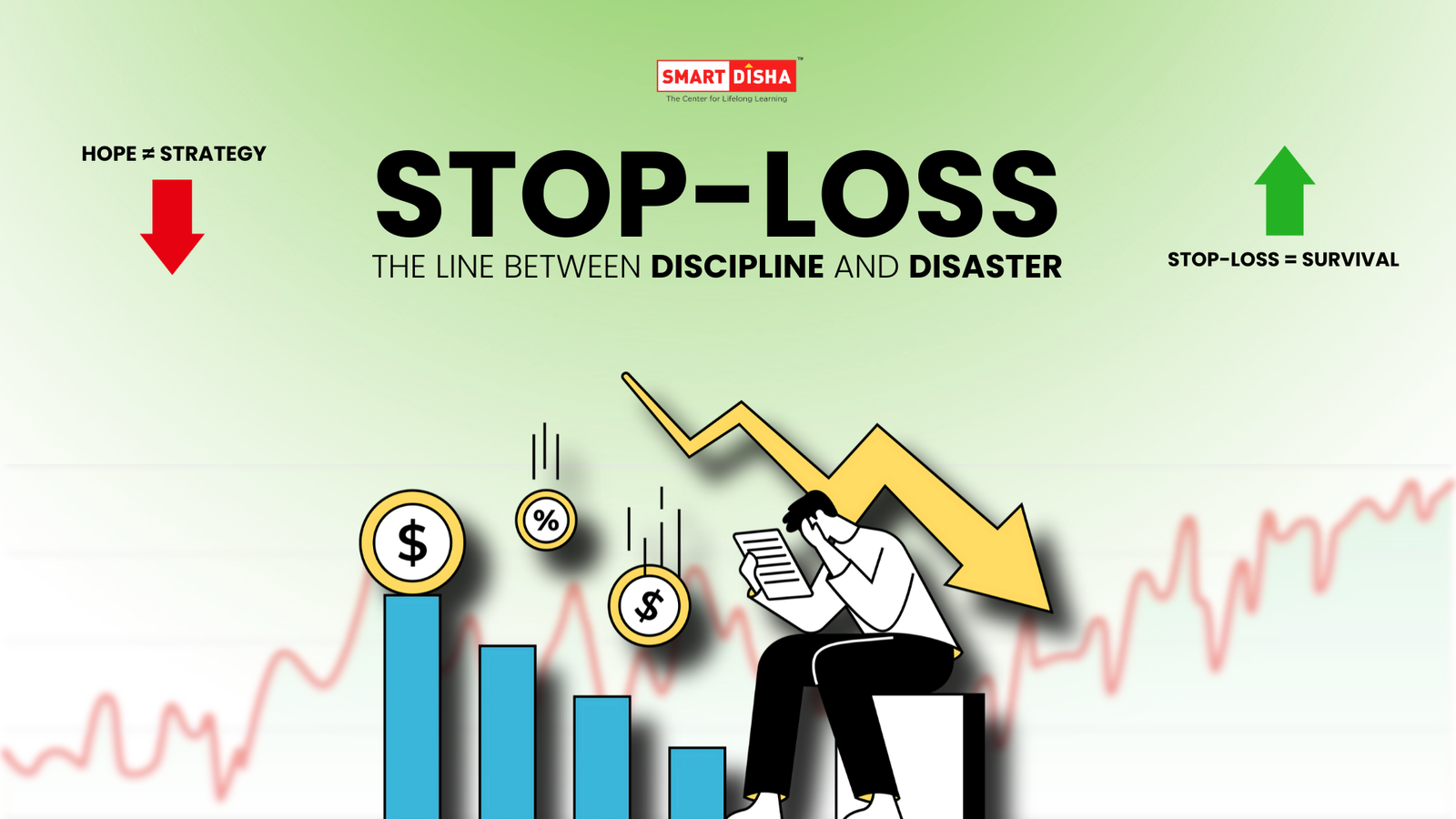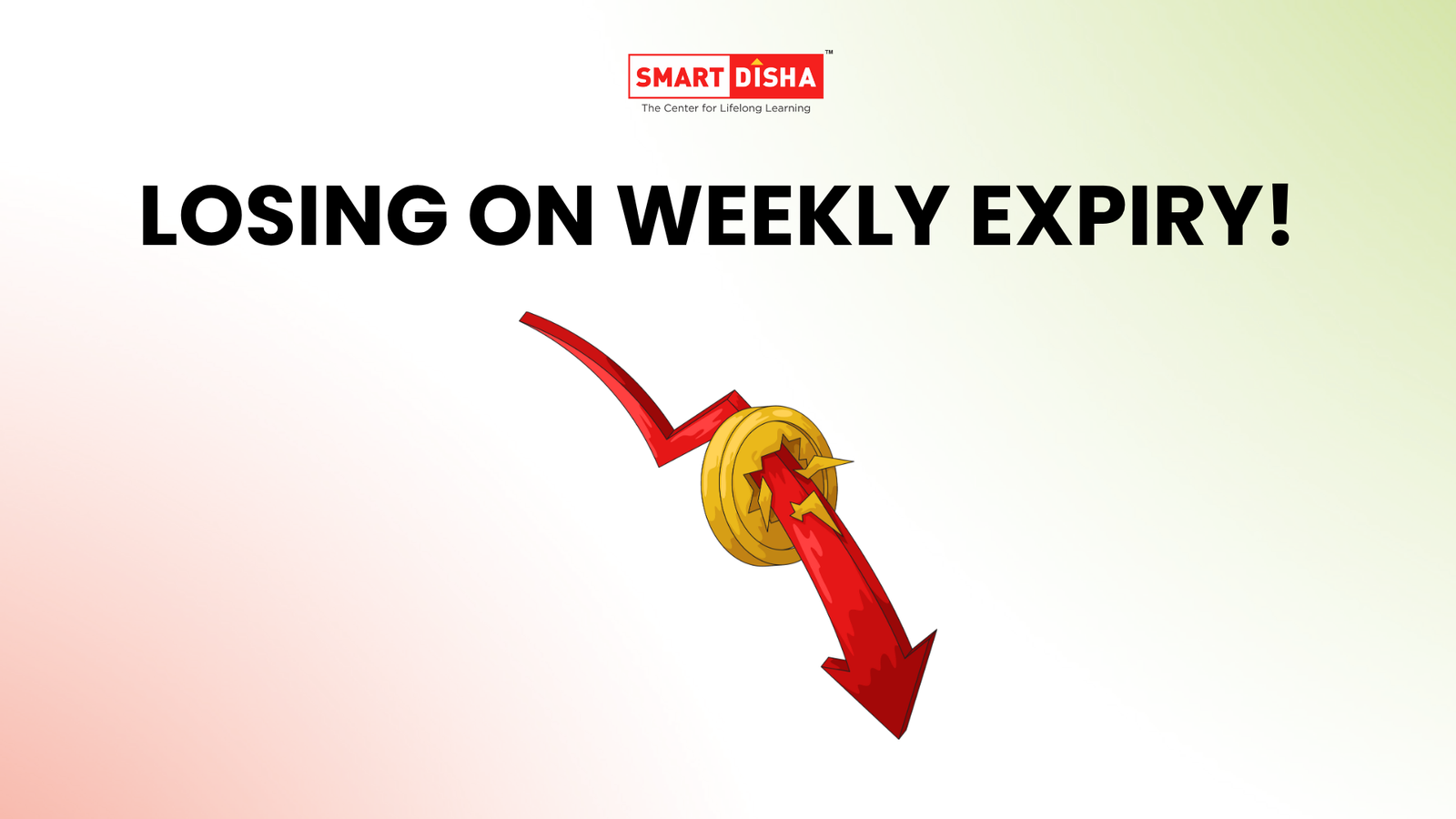In the world of trading and investing, there are two kinds of participants: those who protect capital and those who chase gains at any cost. Guess which group survives longer? Risk management isn’t a postscript to your strategy it is your strategy. And at the heart of that discipline lies a powerful tool: the stop-loss order
Whether you’re a new trader entering the market or a seasoned investor refining your edge, mastering stop-loss orders is essential. In this article, we’ll break down what stop-loss orders are, how they work, and why they’re non-negotiable in any risk-conscious investment plan
What is a Stop-Loss Order?
A stop-loss order is an instruction you give to your broker to automatically sell a security when it reaches a specific price level. The primary goal? To limit your potential losses and protect your capital
Let’s say you bought shares of XYZ Ltd at ₹500 and want to cap your loss at 10%. You can place a stop-loss order at ₹450. If the stock price drops to ₹450 or below, your broker will trigger the order and sell it helping you avoid deeper losses
Why Stop-Loss is Not Optional
Risk is a constant in the markets. You can’t eliminate it but you can manage it. That’s where stop-loss becomes your safety net
Key Benefits:
- Preserves Capital: Small losses are manageable. Big losses are hard to recover from
- Reduces Emotional Decisions: Prevents panic selling or greedy holding
- Enforces Discipline: Encourages rational, rule based trading
- Improves Consistency: Keeps your risk reward ratio in balance
Professional traders will tell you: it’s not about being right all the time it’s about losing less when you’re wrong. That’s what stop-losses allow you to do
Types of Stop-Loss Orders
There isn’t a one-size-fits-all approach. The type of stop-loss you use depends on your strategy, trading style, and market volatility
| Type | How It Works | Best For |
| Fixed Stop-Loss | Predetermined % or ₹ value from the entry price | Beginners, positional trades |
| Trailing Stop-Loss | Moves upward as the price rises, but stays fixed if price falls | Trend followers, swing traders |
| Volatility-Based | Stop set based on Average True Range (ATR) or price movement range | Active traders, F&O |
| Time-Based Stop | Exit at a specific time if target not reached (e.g., intraday closing) | Intraday traders |
| Technical Stop-Loss | Placed below support, trendline, or chart pattern | Technical analysts |
Why Not Using a Stop-Loss is a Big Mistake
Let’s be brutally honest most retail traders blow up not because they lacked strategy, but because they didn’t manage risk. One bad trade without a stop-loss can undo the gains of ten good ones
Real-World Example:
Imagine this scenario:
| Trade | Buy Price | Stop-Loss | Exit Price | Loss % |
| A | ₹1,000 | ₹950 | ₹950 | -5% |
| B | ₹2,000 | None | ₹1,000 | -50% |
In Trade A, you accepted a small loss and preserved capital. In Trade B, hope took over, and now you need a 100% return just to break even
Never risk more than you’re willing to lose. That’s rule 1.
How to Place an Effective Stop-Loss
Placing a stop-loss isn’t just about picking an arbitrary number. It must reflect your market view, risk appetite, and position size
Here’s a 3-step framework:
- Define Your Risk Per Trade
- How much capital can you afford to lose on one trade?
- Example: On ₹1,00,000 capital, 2% risk = ₹2,000 max loss
- How much capital can you afford to lose on one trade?
- Determine Stop Level Based on Logic
- Use chart support/resistance, ATR, or candlestick patterns
- Avoid placing stops right at obvious levels market tends to hunt them
- Use chart support/resistance, ATR, or candlestick patterns
- Adjust Position Size Accordingly
- Bigger stop = smaller quantity
- Bigger stop = smaller quantity
Example Table: Stop-Loss Planning
| Capital | Risk % | Max Loss | Stop-Loss Range | Position Size |
| ₹1,00,000 | 2% | ₹2,000 | ₹10 | 200 shares |
| ₹1,00,000 | 1% | ₹1,000 | ₹20 | 50 shares |
Common Stop-Loss Mistakes to Avoid
Even experienced traders trip over these errors:
- Placing Stops Too Tight
- You’ll get stopped out from minor volatility
- You’ll get stopped out from minor volatility
- Placing Stops Too Loose
- You risk more capital than necessary
- You risk more capital than necessary
- Ignoring Volatility
- A ₹10 stop in a highly volatile stock like Adani Enterprises? Risky
- A ₹10 stop in a highly volatile stock like Adani Enterprises? Risky
- Shifting Stop After Entry
- Unless you’re trailing profitably, moving your stop further is dangerous
- Unless you’re trailing profitably, moving your stop further is dangerous
- Not Using Stop in F&O
- Futures amplify both gains and losses. Stop-loss is mandatory, not optional
- Futures amplify both gains and losses. Stop-loss is mandatory, not optional
Stop-Loss in Long-Term Investing
“But I’m a long-term investor, not a trader!” Yes, and stop-loss can still serve you well.
Use it to:
- Protect capital during bear markets
- Limit downside in thematic or sector bets
- Trigger review of your thesis when stock crashes beyond expectations
For example, a long-term investor might set a mental stop-loss at 25% below purchase. If it triggers, it’s not a sell order—it’s a review signal
Stop-Loss is Not Fear, It’s Control
Some people say using a stop-loss means you’re afraid of losing. That’s wrong
Not using a stop-loss means you’re afraid of accepting you were wrong
Stop-losses aren’t about being fearful. They’re about maintaining control in a game where uncertainty is the norm
Final Thoughts
Your first job as an investor or trader is not to make money it’s to not lose money stupidly. That’s where stop-loss orders come in.
They protect your capital, enforce discipline, and save you from yourself in emotional markets
If you’re trading without a stop-loss, you’re not managing risk you’re just hoping for the best. And hope is not a strategy.
So the next time you enter a position, don’t just ask “how much can I make?”
Also ask, “how much am I willing to lose—and when will I exit if I’m wrong?”
Because that’s what real investors do




